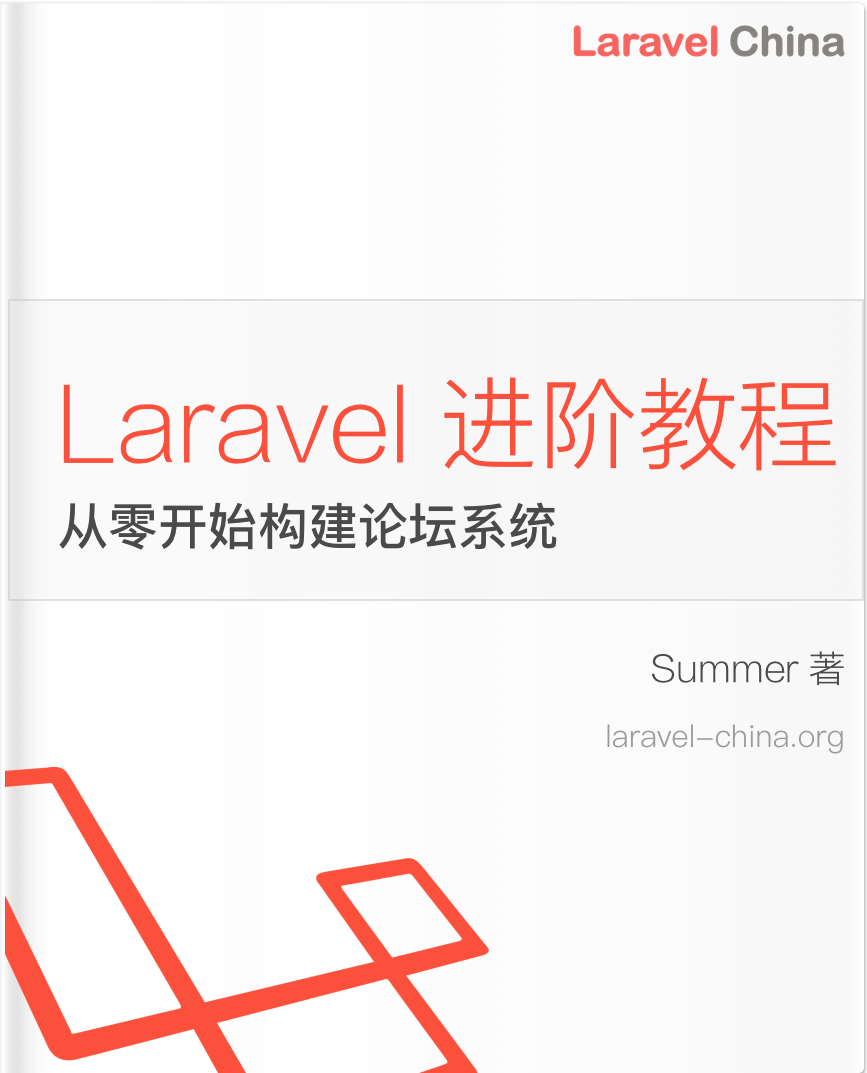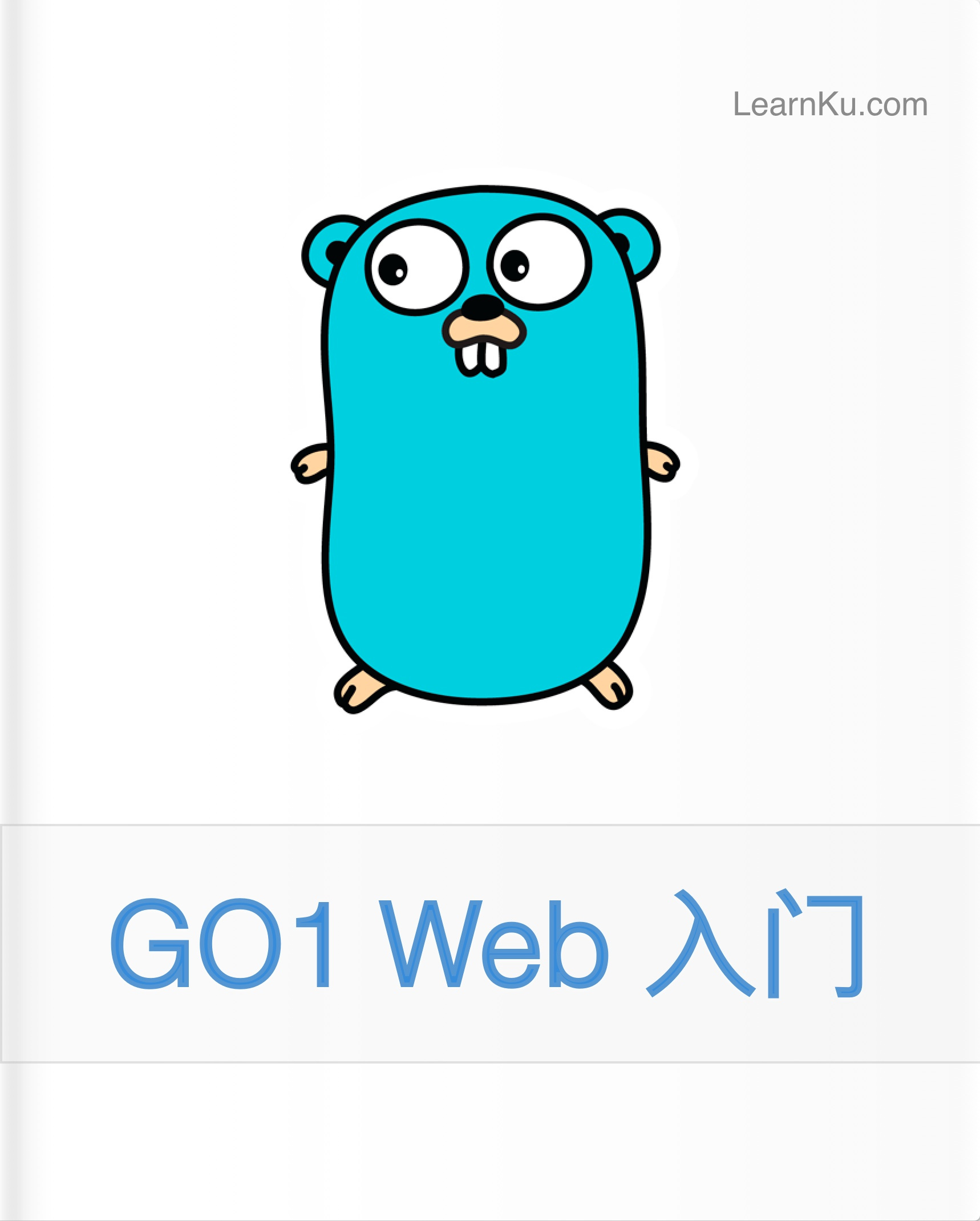控制器
控制器
简介
您可能希望使用「controller」类来组织请求处理逻辑,而不是将所有请求处理逻辑都定义为路由文件中的闭包。控制器可以将相关的请求处理逻辑分组到一个类中。 例如,一个 UserController 类可能会处理所有与用户相关的请求传入, 包括显示,创建, 更新和删除用户。默认情况下,控制器存储在 app/Http/Controllers 目录中。
编写控制器
基本控制器
如果要快速生成新控制器,可以使用 make:controller Artisan 命令。默认情况下,应用程序的所有控制器都存储在 app/Http/Controllers 目录中:
php artisan make:controller UserController让我们来看一个基本控制器的示例。控制器可以有任意数量的公共方法来响应传入的 HTTP 请求:
<?php
namespace App\Http\Controllers;
use App\Models\User;
use Illuminate\View\View;
class UserController extends Controller
{
/**
* 显示指定用户的配置文件
*/
public function show(string $id): View
{
return view('user.profile', [
'user' => User::findOrFail($id)
]);
}
}编写控制器类和方法后,可以定义到控制器方法的路由,如下所示:
use App\Http\Controllers\UserController;
Route::get('/user/{id}', [UserController::class, 'show']);当传入请求与指定的路由 URI 匹配时,将调用 App\Http\Controllers\UserController 类上的 show 方法,并将路由参数传递给该方法。
[!注意事项]
控制器不必继承基础类。然而,在所有控制器中共享某些方法时,继承一个基础控制器类会非常方便。
单动作控制器
如果某个控制器操作特别复杂,可以考虑为该单一操作创建一个独立的控制器类。实现这一目的的方法是在控制器内定义一个 __invoke 方法
<?php
namespace App\Http\Controllers;
class ProvisionServer extends Controller
{
/**
* 配置一个新的web服务器
*/
public function __invoke()
{
// ...
}
}为单动作控制器注册路由时,无需指定控制器方法,只需将控制器名称传递给路由器:
use App\Http\Controllers\ProvisionServer;
Route::post('/server', ProvisionServer::class);你可以使用 make:controller Artisan 命令的 --invokable 选项生成可调用控制器
php artisan make:controller ProvisionServer --invokable[!注意事项]
可通过 stub 定制来修改控制器模板
控制器中间件
中间件 可以在你的路由文件中分配给控制器的路由:
Route::get('/profile', [UserController::class, 'show'])->middleware('auth');或者,你可能会发现直接在控制器类中指定中间件更为方便。为此,你的控制器应该实现 HasMiddleware 接口,该接口规定控制器应该有一个静态的 middleware 方法。从这个方法中,你可以返回一个中间件数组,这些中间件应该应用于控制器的动作:
<?php
namespace App\Http\Controllers;
use Illuminate\Routing\Controllers\HasMiddleware;
use Illuminate\Routing\Controllers\Middleware;
class UserController extends Controller implements HasMiddleware
{
/**
* 获取应分配给控制器的中间件。
*/
public static function middleware(): array
{
return [
'auth',
new Middleware('log', only: ['index']),
new Middleware('subscribed', except: ['store']),
];
}
// ...
}控制器还允许你使用闭包注册中间件。这提供了一种方便的方法来为单个控制器定义内联中间件,而无需定义整个中间件类:
use Closure;
use Illuminate\Http\Request;
/**
* 获取应分配给控制器的中间件。
*/
public static function middleware(): array
{
return [
function (Request $request, Closure $next) {
return $next($request);
},
];
}[!警告]]
实现Illuminate\Routing\Controllers\HasMiddleware接口的控制器不应继承Illuminate\Routing\Controller基类。
资源控制器
如果您将应用中的每个 Eloquent 模型视为一种「资源」, 那么通常会对每个资源执行相同的操作集合。例如,假设您的应用包含 Photo 模型和 Movie 模型,用户很可能需要对这两种资源执行创建、读取、更新或删除操作。
由于这种常见的使用场景,Laravel 的资源路由通过单行代码即可将典型的增删改查(「CURD」)路由分配给控制器。首先,我们可以使用 Artisan 命令 make:controller 的 --resource 选项来快速创建一个控制器:
php artisan make:controller PhotoController --resource此命令将在 app/Http/Controllers/PhotoController.php 处生成一个控制器。该控制器将包含每个可用资源操作的方法。接下来,你可以注册指向该控制器的资源路由:
use App\Http\Controllers\PhotoController;
Route::resource('photos', PhotoController::class);此单一路由声明会创建多个路由来处理资源上的各种操作。生成的控制器已经为这些操作中的每一个操作存根了方法。请记住,你始终可以通过运行 route:list Artisan 命令来快速浏览应用程序的路由。
你甚至可以通过将数组传递给 resources 方法来一次注册多个资源控制器:
Route::resources([
'photos' => PhotoController::class,
'posts' => PostController::class,
]);资源控制器处理的操作
| 请求方式 | URI链接 | 动作 | 路由名称 | | --------- | ---------------------- | ------- | -------------- | | GET | `/photos` | index | photos.index | | GET | `/photos/create` | create | photos.create | | POST | `/photos` | store | photos.store | | GET | `/photos/{photo}` | show | photos.show | | GET | `/photos/{photo}/edit` | edit | photos.edit | | PUT/PATCH | `/photos/{photo}` | update | photos.update | | DELETE | `/photos/{photo}` | destroy | photos.destroy |
自定义缺失模型行为
通常,如果未找到隐式绑定的资源模型,则将生成 404 HTTP 响应。但是,你可以在定义资源路由时通过调用 missing 方法来自定义义此行为。 missing 方法接受一个闭包,如果无法为任何资源的路由找到隐式绑定的模型,则会调用该闭包:
use App\Http\Controllers\PhotoController;
use Illuminate\Http\Request;
use Illuminate\Support\Facades\Redirect;
Route::resource('photos', PhotoController::class)
->missing(function (Request $request) {
return Redirect::route('photos.index');
});软删除模型
通常,隐式模型绑定不会检索已被 软删除 , 并将返回 404 HTTP 响应。但是,你可以通过在定义资源路由时调用 withTrashed 方法来指示框架允许软删除模型:
use App\Http\Controllers\PhotoController;
Route::resource('photos', PhotoController::class)->withTrashed();调用不带参数的 withTrashed 将允许 show 、edit 和 update 资源路由软删除模型。你可以通过将数组传递给 withTrashed 方法来指定这些路由的子集:
Route::resource('photos', PhotoController::class)->withTrashed(['show']);指定资源模型
如果你正在使用 路由绑定模型 并且希望资源控制器的方法类型提示模型实例,则可以在生成控制器时使用 --model 选项:
php artisan make:controller PhotoController --model=Photo --resource生成表单请求
你可以在生成资源控制器时提供 --requests 选项,以指示 Artisan 为控制器的存储和更新方法生成 表单请求类 :
php artisan make:controller PhotoController --model=Photo --resource --requests部分资源路由
当声明资源路由时,你可以指定控制器应该处理的操作子集,而不是完整的默认操作集:
use App\Http\Controllers\PhotoController;
Route::resource('photos', PhotoController::class)->only([
'index', 'show'
]);
Route::resource('photos', PhotoController::class)->except([
'create', 'store', 'update', 'destroy'
]);API 资源路由
当声明用于 API 的资源路由时,通常需要排除显示 HTML 模板的路由,例如 create 和 edit。为了方便,你可以使用 apiResource 方法来排除这两个路由:
use App\Http\Controllers\PhotoController;
Route::apiResource('photos', PhotoController::class);你也可以传递一个数组给 apiResources 方法来同时注册多个 API 资源控制器:
use App\Http\Controllers\PhotoController;
use App\Http\Controllers\PostController;
Route::apiResources([
'photos' => PhotoController::class,
'posts' => PostController::class,
]);要快速生成不包含 create 或 edit 方法的 API 资源控制器,你可以在执行 make:controller 命令时使用 --api 参数:
php artisan make:controller PhotoController --api嵌套资源
S有时可能需要定义一个嵌套的资源型路由。例如,照片资源可能被添加了多个评论。那么可以在路由中使用 . 符号来声明资源型控制器:
use App\Http\Controllers\PhotoCommentController;
Route::resource('photos.comments', PhotoCommentController::class);该路由会注册一个嵌套资源,可以使用如下 URI 访问:
/photos/{photo}/comments/{comment}限定嵌套资源的范围
Laravel 的 隐式模型绑定 特性可以自动限定嵌套绑定的范围,以便确认已解析的子模型会自动属于父模型。定义嵌套路由时,使用 scoped方法,可以开启自动范围限定,也可以指定 Laravel 应该按照哪个字段检索子模型资源,有关如何完成此操作的更多信息,请参见有关 范围资源路由的文档。
浅嵌套
通常,并不是在所有情况下都需要在 URI 中同时拥有父 ID 和子 ID,因为子 ID 已经是唯一的标识符。当使用唯一标识符(如自动递增的主键)来标识 URL 中的模型时,可以选择使用「浅嵌套」的方式定义路由:
use App\Http\Controllers\CommentController;
Route::resource('photos.comments', CommentController::class)->shallow();上面的路由定义方式会定义以下路由:
| 请求方法 | URI | 控制器方法 | 路由名称 | |:----------|:----------|:------------|:-----------| | GET | `/photos/{photo}/comments` | index | photos.comments.index | | GET | `/photos/{photo}/comments/create`| create | photos.comments.create| | POST | `/photos/{photo}/comments` | store| photos.comments.store | | GET | `/comments/{comment}`| show | comments.show | | GET| `/comments/{comment}/edit` | edit | comments.edit | | PUT/PATCH| `/comments/{comment}` | update | comments.update| | DELETE | `/comments/{comment}`| destroy | comments.destroy |
命名资源路由
默认情况下,所有的资源控制器行为都有一个路由名称。你可以传入 names 数组来覆盖这些名称:
use App\Http\Controllers\PhotoController;
Route::resource('photos', PhotoController::class)->names([
'create' => 'photos.build'
]);命名资源路由参数
默认情况下,Route::resource 会根据资源名称的「单数」形式创建资源路由的路由参数。你可以使用 parameters 方法来轻松地覆盖资源路由名称。传入 parameters 方法应该是资源名称和参数名称的关联数组:
use App\Http\Controllers\AdminUserController;
Route::resource('users', AdminUserController::class)->parameters([
'users' => 'admin_user'
]);上面的示例将会为资源的 show 路由生成以下的 URL:
/users/{admin_user}限定范围的资源路由
Laravel 的 作用域隐式模型绑定 功能可以自动确定嵌套绑定的范围,以便确认已解析的子模型属于父模型。通过在定义嵌套资源时使用 scoped 方法,你可以启用自动范围界定,并指示 Laravel 应该通过以下方式来检索子资源的哪个字段:
use App\Http\Controllers\PhotoCommentController;
Route::resource('photos.comments', PhotoCommentController::class)->scoped([
'comment' => 'slug',
]);此路由将注册一个有范围的嵌套资源,该资源可以通过以下 URI 进行访问:
/photos/{photo}/comments/{comment:slug}当使用一个自定义键的隐式绑定作为嵌套路由参数时,Laravel 会自动限定查询范围,按照约定的命名方式去父类中查找关联方法,然后检索到对应的嵌套模型。在这种情况下,将假定 Photo 模型有一个叫 comments (路由参数名的复数)的关联方法,通过这个方法可以检索到 `Comment 模型。
本地化资源 URIs
默认情况下,Route::resource 将会用英文动词创建资源 URIs。如果需要自定义 create 和 edit 行为的动名词,你可以在 App\Providers\AppServiceProvider 的 boot 方法中使用 Route::resourceVerbs 方法实现:
/**
* 定义你的路由模型绑定,模式过滤器等。
*/
public function boot(): void
{
Route::resourceVerbs([
'create' => 'crear',
'edit' => 'editar',
]);
}Laravel 的复数化功能支持 多种语言,您可以根据需求进行配置。当自定义了动词和复数化语言后,像 Route::resource('publicacion', PublicacionController::class) 这样的资源路由注册将生成以下 URI:
/publicacion/crear
/publicacion/{publicaciones}/editar补充资源控制器
如果需要在默认资源路由集之外向资源控制器添加其他路由,则应在调用 Route::resource 方法之前定义这些路由;否则,由 resource 方法定义的路由可能会无意中优先于您的补充路由:
use App\Http\Controller\PhotoController;
Route::get('/photos/popular', [PhotoController::class, 'popular']);
Route::resource('photos', PhotoController::class);[!注意]
请保持控制器的专注性。如果经常需要超出标准资源操作集的方法,建议将控制器拆分为两个更小的控制器。
单例资源控制器
有时,您的应用程序的资源可能只有一个实例。例如,可以编辑或更新用户的“个人资料”,但用户可能没有多个“个人资料“。同样,一个图像可能只有一个“缩略图”。这些资源被称为“单例资源”,这意味着可能存在一个且只有一个资源实例。在这些场景中,您可以注册一个“单例”资源控制器:
use App\Http\Controllers\ProfileController;
use Illuminate\Support\Facades\Route;
Route::singleton('profile', ProfileController::class);上述单例资源定义将注册以下路由。如您所见,单例资源不会注册"创建"路由,且注册的路由不接受标识符,因为资源只能有一个实例存在:
| 请求方式 | URI | 操作 | 路由名称 | | --------- | --------------- | ------ | -------------- | | GET | `/profile` | show | profile.show | | GET | `/profile/edit` | edit | profile.edit | | PUT/PATCH | `/profile` | update | profile.update |
单例资源也可以在标准资源内嵌套使用:
Route::singleton('photos.thumbnail', ThumbnailController::class);上例中,photo 资源将接收所有的 标准资源路由;不过,thumbnail 资源将会是个单例资源,它的路由如下所示:
| Verb | URI | Action | Route Name | | --------- | -------------------------------- | ------ | ----------------------- | | GET | `/photos/{photo}/thumbnail` | show | photos.thumbnail.show | | GET | `/photos/{photo}/thumbnail/edit` | edit | photos.thumbnail.edit | | PUT/PATCH | `/photos/{photo}/thumbnail` | update | photos.thumbnail.update |
Creatable 单例资源
有时,你可能需要为单例资源定义 create 和 storage 路由。要实现这一功能,你可以在注册单例资源路由时,调用 creatable 方法:
Route::singleton('photos.thumbnail', ThumbnailController::class)->creatable();如下所示,将注册以下路由。还为可创建的单例资源注册 DELETE 路由:
| Verb | URI | Action | Route Name | | --------- | ---------------------------------- | ------- | ------------------------ | | GET | `/photos/{photo}/thumbnail/create` | create | photos.thumbnail.create | | POST | `/photos/{photo}/thumbnail` | store | photos.thumbnail.store | | GET | `/photos/{photo}/thumbnail` | show | photos.thumbnail.show | | GET | `/photos/{photo}/thumbnail/edit` | edit | photos.thumbnail.edit | | PUT/PATCH | `/photos/{photo}/thumbnail` | update | photos.thumbnail.update | | DELETE | `/photos/{photo}/thumbnail` | destroy | photos.thumbnail.destroy |
如果希望 Laravel 为单个资源注册 DELETE 路由,但不注册创建或存储路由,则可以使用 destroyable 方法:
Route::singleton(...)->destroyable();API 单例资源
apiSingleton 方法可用于注册将通过 API 操作的单例资源,从而不需要 create 和 edit 路由:
Route::apiSingleton('profile', ProfileController::class);当然,API 单例资源也可以是 可创建的 ,它将注册 `store 和 destroy 资源路由:
Route::apiSingleton('photos.thumbnail', ProfileController::class)->creatable();依赖注入和控制器
构造函数注入
Laravel 服务容器 用于解析所有 Laravel 控制器。因此,可以在其构造函数中对控制器可能需要的任何依赖项进行类型提示。声明的依赖项将自动解析并注入到控制器实例中:
<?php
namespace App\Http\Controllers;
use App\Repositories\UserRepository;
class UserController extends Controller
{
/**
* 创建新控制器实例。
*/
public function __construct(
protected UserRepository $users,
) {}
}方法注入
除了构造函数注入,还可以在控制器的方法上键入提示依赖项。方法注入的一个常见用例是将 Illuminate\Http\Request 实例注入到控制器方法中:
<?php
namespace App\Http\Controllers;
use Illuminate\Http\RedirectResponse;
use Illuminate\Http\Request;
class UserController extends Controller
{
/**
* 存储新用户。
*/
public function store(Request $request): RedirectResponse
{
$name = $request->name;
// 存储用户...
return redirect('/users');
}
}如果控制器方法也需要路由参数,那就在其他依赖项之后列出路由参数。例如,路由是这样定义的:
use App\Http\Controllers\UserController;
Route::put('/user/{id}', [UserController::class, 'update']);如下所示,你依然可以类型提示 Illuminate\Http\Request 并通过定义您的控制器方法访问 id 参数:
<?php
namespace App\Http\Controllers;
use Illuminate\Http\RedirectResponse;
use Illuminate\Http\Request;
class UserController extends Controller
{
/**
* 更新给定用户。
*/
public function update(Request $request, string $id): RedirectResponse
{
// 更新用户...
return redirect('/users');
}
}本译文仅用于学习和交流目的,转载请务必注明文章译者、出处、和本文链接
我们的翻译工作遵照 CC 协议,如果我们的工作有侵犯到您的权益,请及时联系我们。

 Laravel 12 中文文档
Laravel 12 中文文档



 关于 LearnKu
关于 LearnKu




推荐文章: